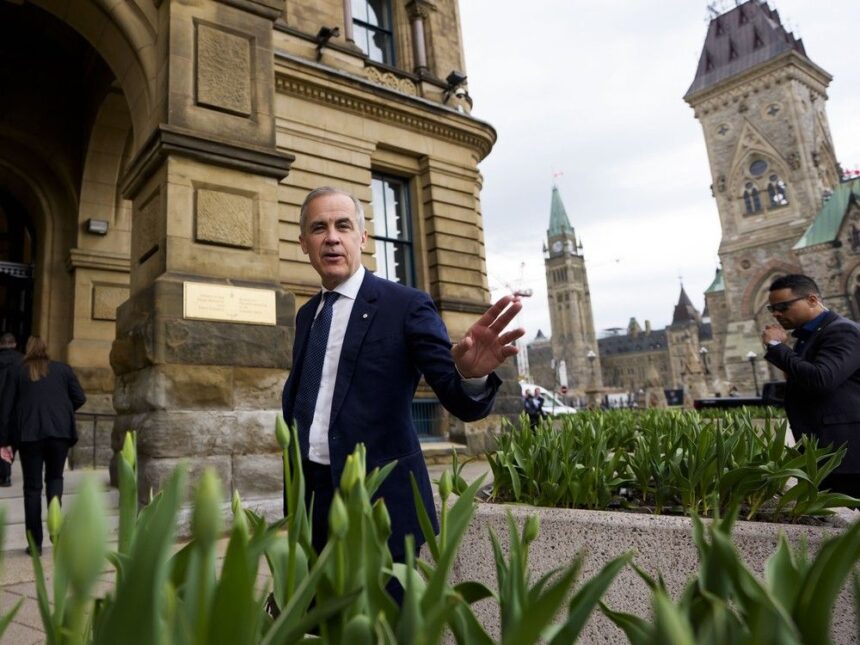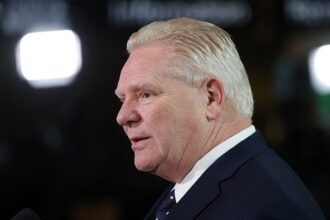In the razor-thin margins of Canadian democracy, a mere 611 votes scattered across the right ridings could have dramatically altered the country’s political landscape following the 2021 federal election. This startling revelation underscores just how precariously balanced our parliamentary system can be, with Prime Minister Justin Trudeau’s Liberal government potentially securing a majority by the slimmest of electoral threads.
An extensive analysis of Electoral Commission data reveals that the Liberals finished just shy of the 170 seats needed for a majority government. The party secured 160 seats, leaving them tantalizingly close to complete parliamentary control. Had they won an additional 10 seats – specifically the closest contests they lost – Canada would be operating under significantly different political dynamics today.
“What we’re seeing is the butterfly effect in electoral politics,” explains Dr. Elaine Chambers, political scientist at the University of Toronto. “A relatively microscopic number of votes – fewer people than might attend a small concert – effectively determined whether the government would need opposition support to pass legislation.”
The closest of these pivotal races occurred in Edmonton Centre, where the Conservative candidate edged out the Liberal challenger by a mere 78 votes. Similarly nail-biting finishes played out in Charleswood–St. James–Assiniboia–Headingley (Manitoba) with a 24-vote margin and Vancouver Granville (British Columbia) with a 436-vote difference.
This phenomenon isn’t unprecedented in Canadian electoral history, but it highlights the outsized impact that small numbers of voters can have in our first-past-the-post system. The 2021 election, called during a pandemic and costing approximately $610 million, essentially maintained the status quo from the 2019 results – an outcome that left many Canadians questioning its necessity.
The implications of these narrow margins extend beyond simple parliamentary mathematics. Operating with a minority government requires constant negotiation and compromise, typically with the NDP, to advance the Liberal legislative agenda. This has resulted in landmark policies like dental care programs and accelerated climate initiatives that might not have materialized under majority rule.
For the Conservative Party, the bittersweet reality of these numbers represents both vindication and frustration. While they secured the popular vote for a second consecutive election, gaining over 200,000 more ballots than the Liberals nationwide, Canada’s electoral system translated this into significantly fewer seats.
“The regional concentration of votes matters enormously in our system,” notes electoral analyst Janice Ferguson. “Conservative support was heavily concentrated in Alberta and Saskatchewan, leading to massive margins of victory in those ridings but fewer seats overall compared to the more efficiently distributed Liberal support across urban centers.”
As Canadians reflect on nearly two years of minority government following this closely contested election, the fundamental question emerges: Does our current electoral system truly reflect voter intent when such minuscule margins can so profoundly impact governance? Perhaps more importantly, how might our political landscape evolve if those 611 voters had made different choices on that September day in 2021?










